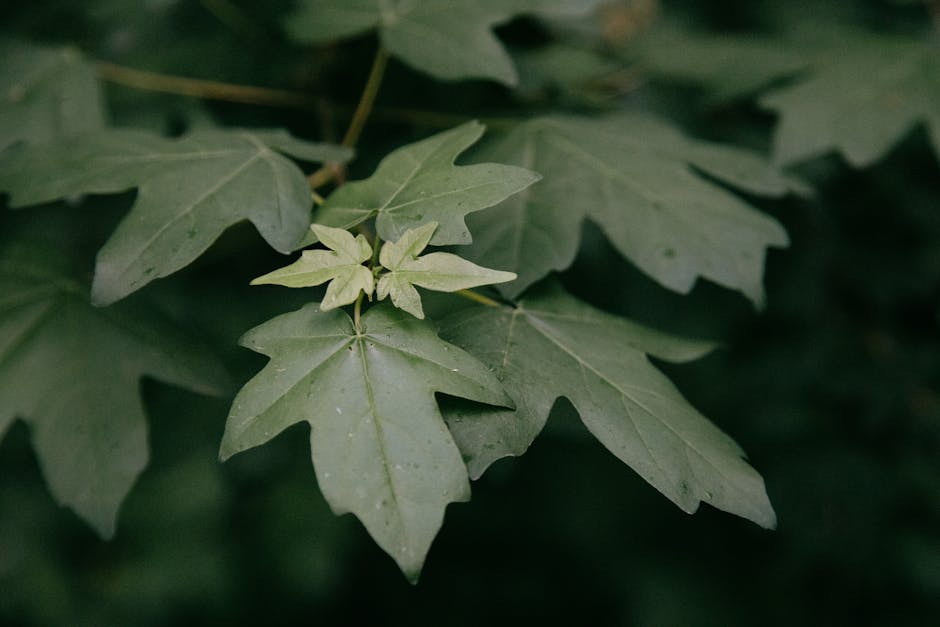Top Trends in Sustainable Landscaping

In recent years, sustainable landscaping has gained significant traction as homeowners and businesses alike seek to create eco-friendly outdoor spaces. This movement not only supports environmental conservation but also offers cost savings and aesthetic benefits. By focusing on sustainability, individuals can reduce their carbon footprint, conserve water, and promote biodiversity. Let's explore some of the top trends shaping sustainable landscaping today.
Native Plant Landscaping
One of the most effective ways to achieve sustainability in landscaping is by using native plants. These plants are adapted to the local climate and soil conditions, which means they require less water, fertilizer, and maintenance. Native plants also support local wildlife, including pollinators like bees and butterflies.
According to the Environmental Protection Agency (EPA), native plants are more resilient to pests and diseases compared to non-native species. This reduces the need for chemical pesticides, further minimizing environmental impact.
Homeowners can start by researching which plants are native to their region and incorporating them into their gardens. Many local nurseries offer native plant varieties, and organizations like the National Audubon Society provide resources for selecting appropriate species.
Water Conservation Techniques
Water conservation is a critical aspect of sustainable landscaping. Techniques such as xeriscaping, rain gardens, and drip irrigation can significantly reduce water usage.
- Xeriscaping: This method involves designing landscapes that require minimal water by using drought-tolerant plants and efficient irrigation systems.
- Rain Gardens: These are shallow depressions planted with native vegetation that capture and filter stormwater runoff, reducing erosion and improving water quality.
- Drip Irrigation: A highly efficient watering system that delivers water directly to the plant roots, minimizing evaporation and runoff.
The United Nations Water estimates that about 70% of global freshwater use is for agriculture, making it imperative to adopt water-saving practices in all forms of landscaping.
Use of Recycled Materials
Sustainable landscaping also involves the use of recycled and repurposed materials. From composting organic waste to using reclaimed wood for garden structures, there are many ways to incorporate recycled materials into your landscape design.
A common practice is mulching with recycled wood chips or leaves. Mulch helps retain soil moisture, suppresses weeds, and adds organic matter to the soil as it decomposes. Additionally, using recycled concrete or bricks for pathways and retaining walls reduces the demand for new materials and lowers the overall carbon footprint of landscaping projects.
Sustainable Lawn Alternatives
Traditional lawns require significant resources in terms of water, fertilizers, and maintenance. As a result, many people are exploring alternatives that are more environmentally friendly.
Clover lawns are gaining popularity due to their low maintenance requirements and ability to thrive without frequent watering or mowing. Ground covers like thyme or creeping sedum can also be used as lawn alternatives. These plants create lush green carpets that require minimal care and provide habitat for beneficial insects.
Edible Landscaping
Edible landscaping combines aesthetics with functionality by incorporating food-producing plants into traditional landscape designs. This approach not only provides fresh produce but also reduces food miles and promotes self-sufficiency.
Popular choices for edible landscapes include fruit trees, berry bushes, herbs, and vegetables. Raised garden beds can be integrated into existing landscapes to grow a variety of edible plants. Vertical gardening techniques allow for growing food in small spaces by utilizing walls or trellises.
Sustainable Landscaping Practices Table
| Practice | Benefits | Examples |
|---|---|---|
| Native Plant Landscaping | Reduces maintenance, supports local wildlife | Milkweed, Coneflower |
| Xeriscaping | Conserves water | Drought-tolerant plants like Lavender |
| Recycled Materials | Lowers carbon footprint | Mulch from wood chips, reclaimed wood structures |
| Sustainable Lawn Alternatives | Lowers resource usage | Clover lawns, ground covers like thyme |
| Edible Landscaping | Provides fresh produce, promotes self-sufficiency | Fruit trees, raised garden beds with vegetables |
The integration of sustainable practices in landscaping is not just a trend but a necessary shift towards environmental responsibility. By embracing these methods, individuals can create beautiful outdoor spaces that benefit both people and the planet.
Sustainable landscaping goes beyond aesthetics; it plays a crucial role in environmental conservation. From using native plants to implementing water-saving techniques and incorporating recycled materials, there are numerous ways to make outdoor spaces more eco-friendly. By adopting these practices, we can contribute to a healthier environment while enjoying the beauty and functionality of our gardens.
